Monkeypox
11/08/2022 08:00:00 - Comments - By Costa Gavrielides
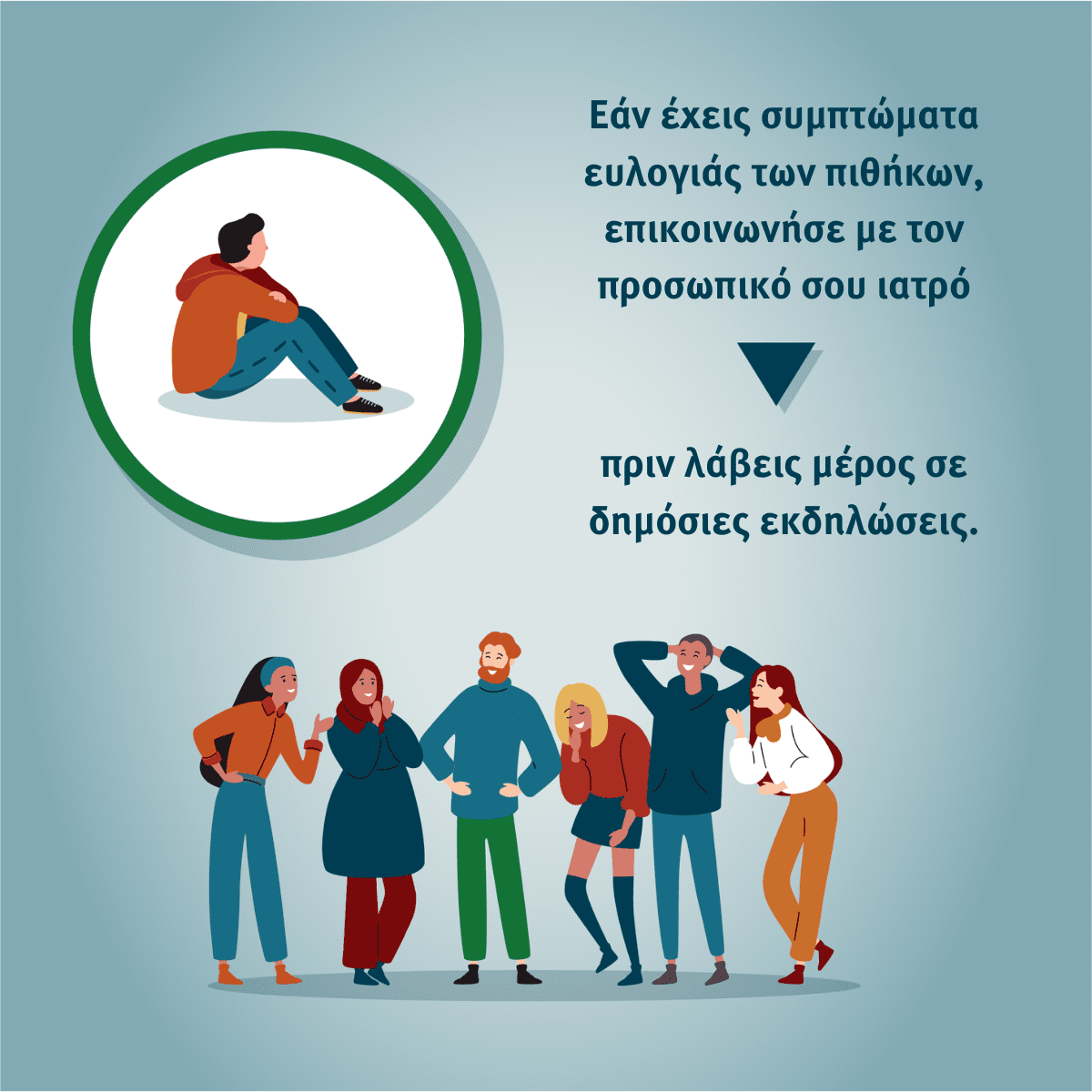
In recent months, and especially after the announcement of the first confirmed case in Cyprus, there has been an intense debate about how to spread and protect against the monkeypox virus. It is now a serious challenge for health professionals to properly manage the misinformation that was created in the first place, in ways that remind us of similar outbreaks.
Contrary to what may be spreading, it is a disease that for decades has afflicted men and women mainly in regions of Central and West Africa. At the moment it seems to be spreading among certain groups in the Western world and if quick action is not taken it may spread more generally.
Although remote, the possibility for any person to become infected exists since the spread occurs either by simple physical contact with the skin lesions of a patient, or through the respiratory system through small droplets after prolonged close contact at a short distance, or even by sharing contaminated items.
The Department of Health has already issued a protocol for the management of suspected and confirmed cases of monkey bliss, which can be found at the following link. At the same time information is available from both the European Centre for Disease Prevention and Control (ECDC) at the following link and from other bodies.
Symptoms
- The rash will go through several stages, including scabs, before healing.
- The rash may initially look like spots and papules (circumscribed, solid patches without liquid), pimples or blisters, and can be painful or itchy.
- Fever
- Chills
- Swollen lymph nodes
- Exhaustion
- Muscle aches and back pain
- Headache
- Respiratory symptoms (e.g. sore throat, nasal congestion, or cough)
- Sometimes, people have flu-like symptoms before the rash.
- Some people first develop a rash, followed by other symptoms.
- Others only experience a rash.
How long do monkeypox symptoms last?
- Avoid close contact, including sex with anyone, until you are examined by a doctor.
- Contact your personal doctor
- Monkey pox can spread to anyone through close, personal, often skin-to-skin contact, including:
- Direct contact with a rash, pustules (kakati) or body fluids from a person with monkey smallpox.
- Touching objects, fabrics (clothes, bedding or towels) and surfaces that have been used by a person with smallpox of monkeys.
- Contact with respiratory secretions.
- This direct contact can occur during close contact, including:
- Oral, and vaginal sex or touching the genitals (penis, testicles, lips and vagina) or the person with monkey pox.
- Hugs, massages and kisses.
- Prolonged face-to-face contact.
- Touching fabrics and objects during sex that were used by a person with monkey smallpox and that have not been disinfected, such as bed linen, towels, fetish equipment and sex toys.
- A pregnant woman can transmit the virus to her fetus through the placenta.
- If the virus can be transmitted when someone has no symptoms
- How often monkeypox is transmitted through respiratory secretions or when a person with symptoms of monkeypox may be more likely to transmit the virus through respiratory secretions.
- If monkeypox can be transmitted through sperm, vaginal fluids, urine or feces.
How to protect yourself
- Do not touch the rash or scabs of a person with monkeypox.
- Do not kiss, hug, cuddle or have sex with someone with monkeypox.
- Do not share eating utensils or cups with a person with monkeypox.
- Do not handle or touch the bedding, towels, or clothing of a person with monkeypox.
- Wash your hands often with soap and water or use an alcohol-based hand sanitizer, especially before eating or touching your face and after you use the bathroom.
Vaccines
- People who have been identified by public health officials as a contact of someone with monkeypox
- People who know that one of their sexual partners in the last 2 weeks has been diagnosed with monkeypox
- Healthcare professionals and healthcare employees
Safer Sex, Social Gatherings, and Monkeypox
The following can help you make informed choices when you are in situations or places where monkeypox can spread. Monkeypox is not considered a sexually transmitted disease but is often transmitted through close, prolonged physical contact, which may involve sexual intercourse.
- Limit your number of sex partners to reduce your likelihood of exposure.
- Spaces like back rooms, saunas, sex clubs, or private and public sex parties, where intimate, often anonymous sexual contact with multiple partners occurs—are more likely to spread monkeypox.
- Condoms (latex or polyurethane) may protect your anus, mouth, penis, or vagina from exposure to monkeypox. However, condoms alone may not prevent all exposures to monkeypox since the rash can occur on other parts of the body.
- Gloves (latex, polyurethane, or nitrile) might also reduce the possibility of exposure if inserting fingers or hands into the vagina or the anus. The gloves must cover all exposed skin and be removed carefully to avoid touching the outer surface.
- Avoid kissing or exchanging spit since monkeypox can spread this way.
- Masturbate together at a distance without touching each other and without touching any rash.
- Have virtual sex without personal contact.
- Consider having sex with your clothes on or covering areas where rash is present, reducing as much skin-to-skin contact as possible. Leather or latex gear also provides a barrier to skin-to-skin contact; just be sure to change or clean clothes/gear between partners and after use.
- Be aware that monkeypox can also spread through respiratory secretions with close, face-to-face contact.
- Remember to wash your hands, fetish gear, sex toys, and any fabrics (bedding, towels, clothes) after having sex.
- Avoid close contact, including sex with anyone, until you are examined by a doctor.
- Contact your personal doctor

How can a person lower the chance of getting monkeypox at places like raves, parties, clubs, and festivals?
When thinking about what to do, seek out information from trusted sources like the local health department. Second, consider how much close, personal, skin-to-skin contact is likely to occur at the event you plan to attend. If you feel sick or have a rash, do not attend any gathering, and contact your personal doctor.
Festivals, events, and concerts where attendees are fully clothed and unlikely to share skin-to-skin contact are safer. However, attendees should be mindful of activities (like kissing) that might spread monkeypox.
A rave, party, or club where there is minimal clothing and where there is direct, personal, often skin-to-skin contact has some risk. Avoid any rash you see on others and consider minimizing skin-to-skin contact.
Enclosed spaces, such as back rooms, saunas, sex clubs, or private and public sex parties where intimate, often anonymous sexual contact with multiple partners occurs, may have a higher likelihood of spreading monkeypox.
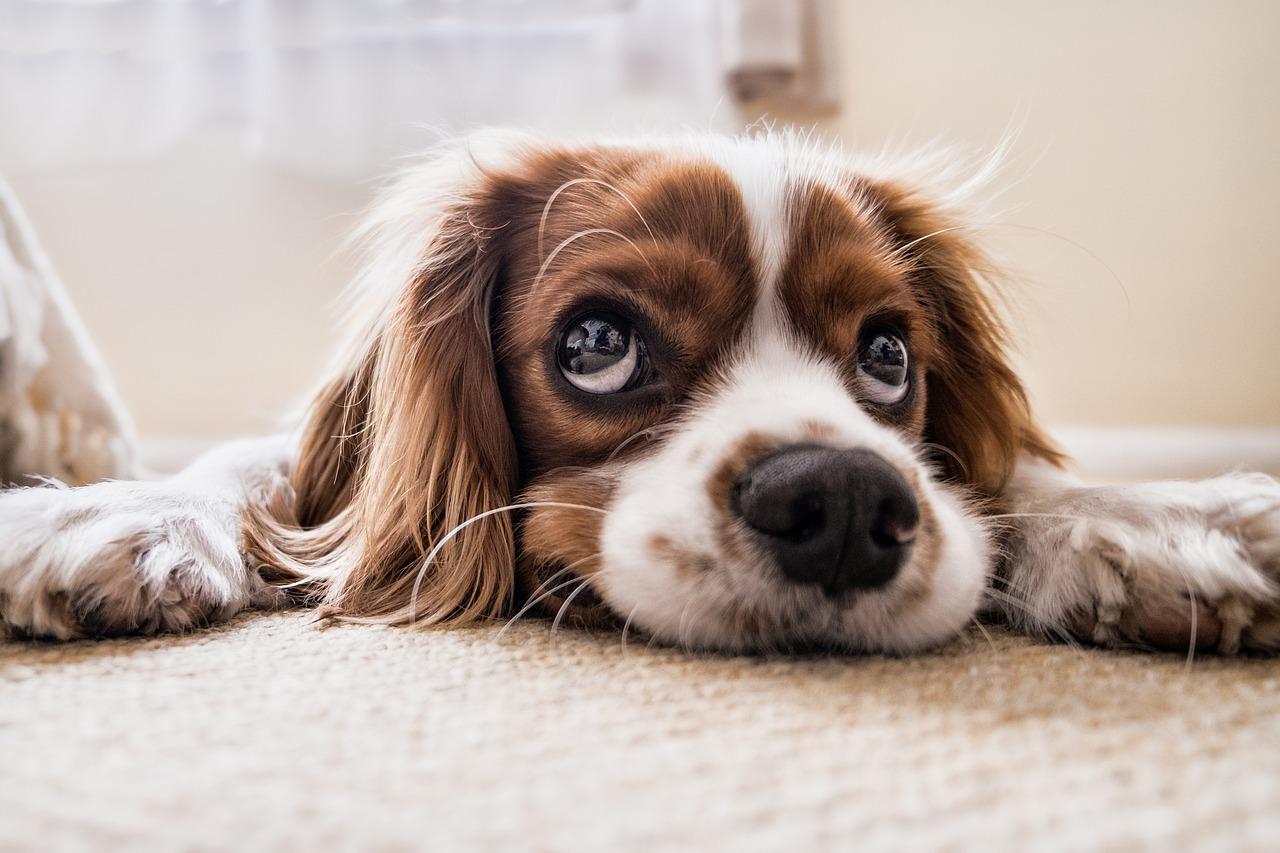
- Do not surrender, euthanize, or abandon pets just because of a potential exposure or Monkeypox virus
- Do not wipe or bathe your pet with chemical disinfectants, alcohol, hydrogen peroxide, or other products, such as hand sanitizer, counter-cleaning wipes, or other industrial or surface cleaners.
- Do not put a mask on your pet.
- Avoid close contact with your pet.
- Ensure your pet cannot inadvertently come into contact with contaminated articles in the home such as clothing, sheets, and towels used by the person with monkeypox.
- Do not let animals come into contact with rashes, bandages, and body fluids.
- Ensure food, toys, bedding, or other items that you provide for your animal during its isolation do not come in direct contact with skin or uncovered rash.

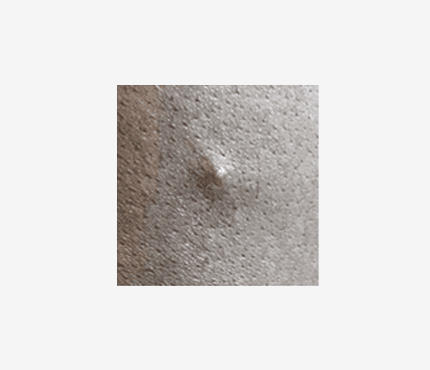
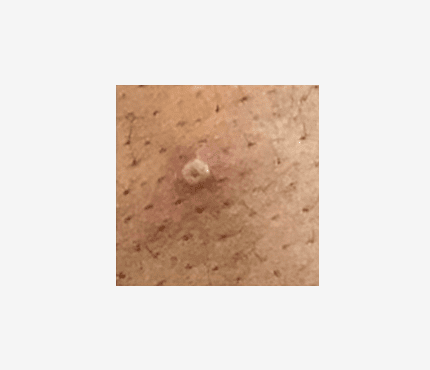
Photos of monkey smallpox rash (photo: UK Health Security Agency)


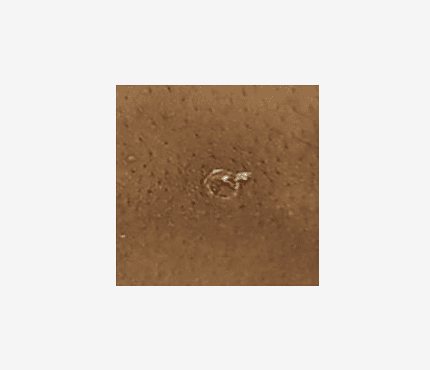
Photos of monkey smallpox rash (photo: UK Health Security Agency)
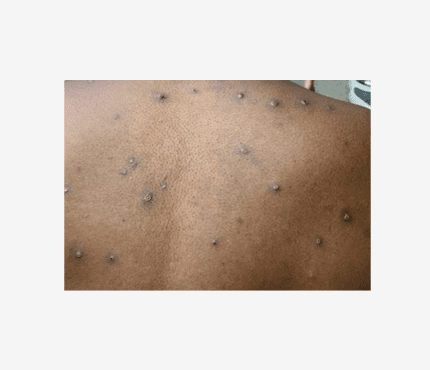
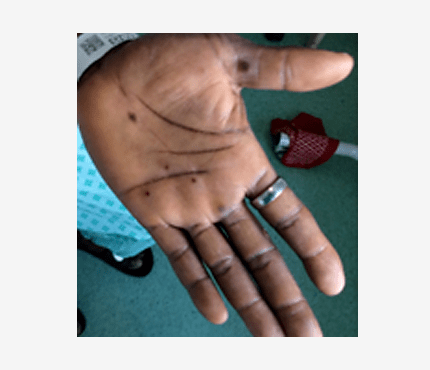

Photos of monkey smallpox rash (photo: UK Health Security Agency)
Do you want to raise this or some other issue?
Leave a comment below, send me a message here or email at info@gavrielides.com.
